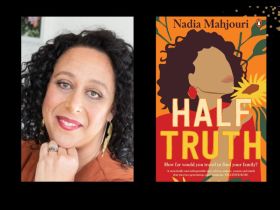Image: pexels.com
When it comes to conflicts of interest in journalism – whether real, potential or perceived – the rules are usually simple. They’re framed around the principle that audiences (and management) need to know if a reporter, presenter or editor might be influenced by any commercial or personal relationship with another individual or organisation.
But what happens when the protocols of disclosure are not met? Well, as a couple of recent Canadian cases highlight, non-disclosure can rapidly lead to non-employment.





